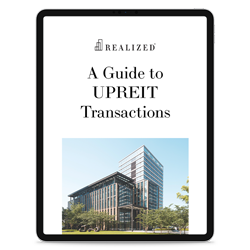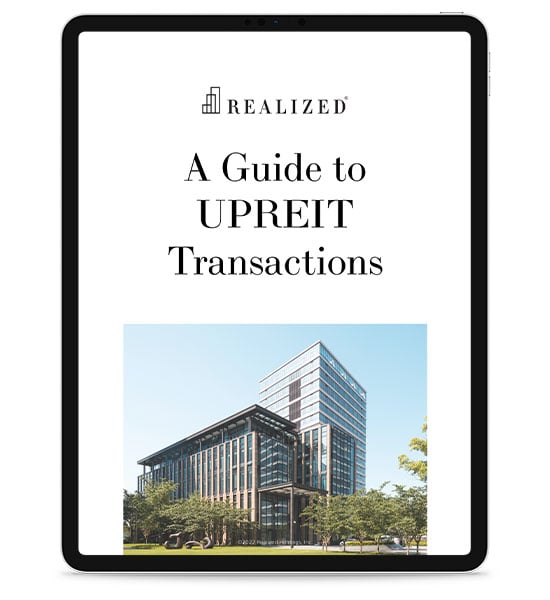
The economy is never stable, and realities like inflation and market volatility present constant uncertainty to investors. As such, addressing these risks becomes a key process for portfolio management.
One solution to tackle these problems is the umbrella partnership real estate investment trust (UPREIT). This is an operating partnership (OP) that owns multiple real estate assets and provides benefits like tax deferral, steady cash flow, and diversification to investors. An UPREIT’s structure also offers key advantages that make it a powerful tool for managing turbulent periods.
Below, Realized 1031 has shared an article on navigating inflation and economic uncertainty with UPREIT investments. Keep reading to learn more!
The Impact and Challenges of UPREIT Investment Inflation
One of the more powerful drivers of economic volatility is inflation, which happens when the price of goods and services rises, decreasing the purchasing power of consumers. Inflation has a direct effect on assets like equities due to rising cost pressures and tighter cost margins. Fixed-income assets, in general, also underperform as inflation increases interest rates.
However, the real estate sector is generally more resilient to inflation. The primary reason is the tendency of rental rates to increase along with inflation. Landlords need to increase the monthly payments to cover the rising costs of maintenance and other net operating expenses. Thanks to this tendency, UPREITs can provide some cushion during periods of high inflation.
How UPREITs Can Provide Stability During Economic Uncertainty
UPREITs are legal entities that own various real estate assets, and investors can enter one through a 721 exchange. This transaction involves the contribution of a real estate asset in exchange for OP units. Thanks to this structure, UPREITs provide several advantages in an inflationary environment.
- Increase in Rental Income: As rental rates increase, the dividend distributions are also more likely to increase. Many sectors, like multifamily housing and warehousing, usually have rent escalators that allow REITs to increase rent based on inflation indexes.
- Diversification: Some sectors are more vulnerable to inflation, like retail and e-commerce adjacent verticals. However, even if these property types underperform, the diversified portfolio helps minimize the effects of inflation on overall income.
- Liquidity and Flexibility: Converting OP units to REIT shares allows investors to liquidate gradually without triggering immediate capital gains taxes, offering smoother financial planning in volatile markets.
UPREIT Inflation Strategies: Which Sectors Are Most Resilient?
One strategy that further helps shield UPREIT investors from economic uncertainty is choosing UPREITs that own properties in more resilient sectors. Aside from retail, sectors like hospitality and office spaces with fixed-rate long-term leases are usually the hardest hit by inflation. Investing in UPREITs that concentrate on these assets poses a high risk. Which sectors, then, are the generally safer choice?
- Multifamily Homes: The short-term leases in multifamily homes give room for increasing rental rates. Plus, lower purchasing power drives people to rent instead of purchasing homes, potentially increasing occupancy rates.
- Healthcare: The healthcare industry is among the most resilient sectors. Because of the necessity of the services the industry provides, tenants remain stable even when inflation rates soar.
- Retail With Basic Necessities Focus: Groceries, supermarkets, and shops offering essential products generally experience steady demand regardless of people’s purchasing power, resulting in added stability compared to more lifestyle-focused retail niches.
Conclusion: Using UPREITs for Inflation Resilience
UPREITs, due to their diverse portfolios and structure, provide an additional level of protection for investors during economic uncertainty or inflation. Since the operating partnership owns several properties, the stable assets can help manage the losses of underperforming properties. Plus, real estate has inherent characteristics that may result in higher income in inflationary environments. These qualities are essential for long-term investment success, even with the risk of economic volatility.
Sources:
https://www.mashvisor.com/blog/high-mortgage-rates-pushing-consumers-rent-homes-instead-of-buy/
https://www.crestproperty.net.au/2024/07/what-is-the-relationship-between-rent-and-inflation/



